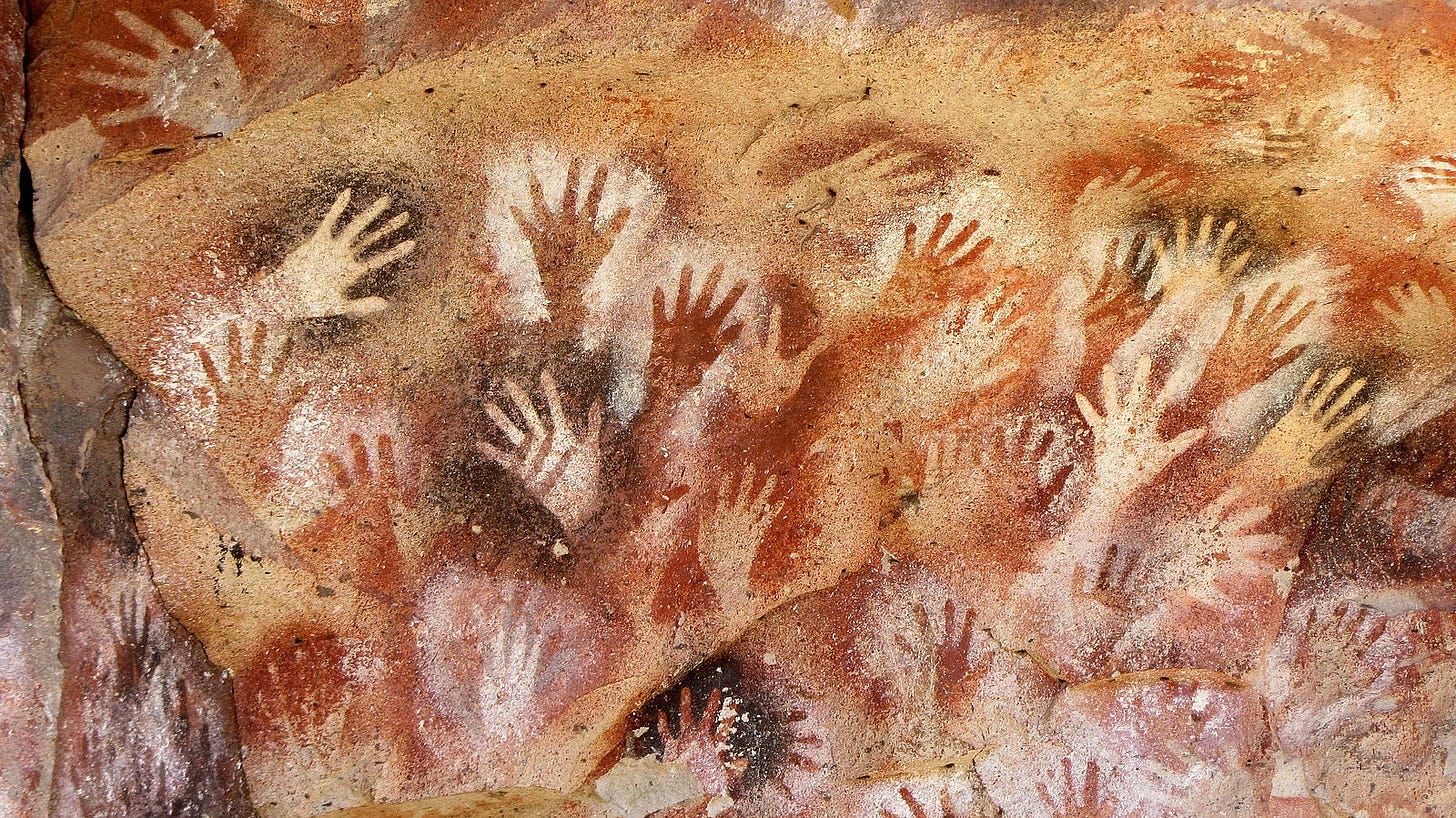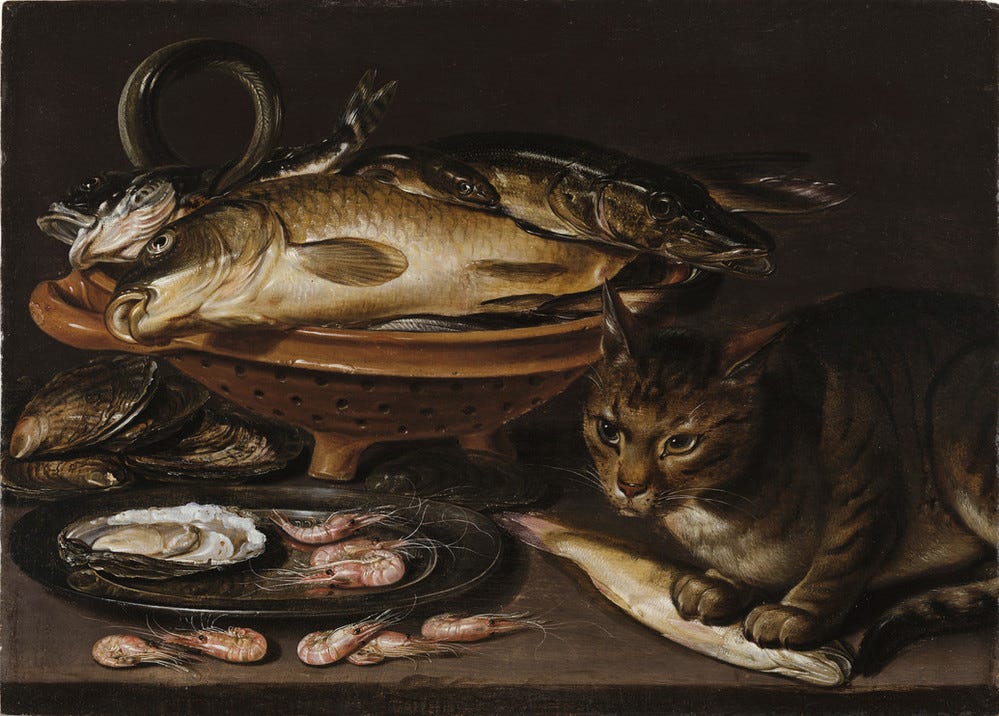My first visit to the National Museum of Women in the Arts left me with mixed feelings.
It was in a building much more beautiful than the standard monolithic national museums — but it was blocks away from the National Mall, which housed most of those museums, making it feel like an afterthought. Which it was. It was full of amazing works of art that I’d never known about, many by women artists I’d never heard of — but why had I never heard of them?
Most of all, why did we need a museum devoted to women’s art?
Of course, we needed the museum for the same reason that we need Women’s History Month — and I don’t like the reason for either one.
The museum left me feeling marginalized as a woman and resenting its existence. But I hadn’t realized how much we needed it till that first visit.
I was shocked to learn what was behind the museum’s genesis. In the 1970s, when Wilhelmina Cole Holladay and her husband were traveling in Europe, some paintings by 17th-century Flemish artist Clara Peeters caught their eyes. Intrigued, Holladay looked up the artist in H. W. Janson’s History of Art, an 800-page tome that was the standard American art history textbook at the time; when I was in college in the early ’80s, the art students lugging it around referred to it simply as “Janson.”
To Holladay’s dismay, not only was Clara Peeters not mentioned in Janson, but neither was any other woman artist. Not one.
In the 1987 edition, 25 women were included. At the last count I can find, the number had gone up to 36 — compared to hundreds of men covered. Though another source says it’s 27, and I’m not going to attempt to count. The British counterpart to Janson, Ernst Gombrich’s The Story of Art, had the same problem. Artists of color or of non-European origin were also left out of these books, and a lot can be said about that. But my focus here is women.

This situation led the Holladays to found the National Museum of Women in the Arts, which opened in its current location in 1987. Most of the art in the museum was donated by them. Not only was the museum an afterthought — it took the initiative and interest of a couple of rich people to create it at all.
Why were women artists ignored? Why were they missing in most museums, as well as in Janson? You might conclude that there just haven’t been many women artists — and it’s true that women have faced barriers to becoming artists, such as a lack of access to teachers. But there have been far more women artists than we were led to believe, which is all the more remarkable in light of the real obstacles in their way.
You might conclude that women artists of the past were obscure during their time. But Clara Peeters was a successful, prolific artist with plenty of wealthy patrons. Artemisia Gentileschi, an Italian painter in the early 1600s, was an international celebrity. Women artists were prominent in the London and Paris art scenes of the late 1700s and early 1800s. Many abstract expressionists were women. Women artists have simply been obliterated by male historians.

As with the rest of history, art history has been skewed by the perspective of those telling the story. And as with the rest of history, that skewing — or skewering — extends to our history of prehistory.
For a long time, it was assumed that cave paintings must have been the work of men, because they often depict game animals, and men were the ones who did the hunting. More recently, it’s been suggested that women may have been some of the first cave painters. At least one analysis of the stenciled handprints in caves in France and Spain has determined that 75% of them were women’s hands.

The study is not definitive, but it highlights how our assumptions cloud our understanding of the past. When it comes to ancient history, new shit keeps coming to light — like the recent discovery that Neanderthals were also stenciling their hands in caves at least 65,000 years ago:
We can’t know for sure (at least, not yet) whether some or most cave paintings were created by men or women. But until recently, most of the people trying to figure it out were men, and their assumptions led them to see what they expected: that anything interesting or important must have been done by men.
As we learn more, we can add new pieces of the puzzle to our understanding. Here’s one data point: there’s now evidence that prehistoric women were big-game hunters, too. Another: in our two closest animal relatives, bonobos and chimps, females are much better at using tools than males.
Do any of these facts prove that women were the first artists? No. But they certainly cast doubt on the assumption that all that early art was done by men. And they remind us that there’s no good reason for that assumption.
It makes more sense to assume that women have been making art for as long as people have been making art. We know that they’ve been doing it even when society was making it hard for them. Humans have a drive to create, and that’s not limited to one gender.
Our job now is to rewrite the history of art — and all history, as I wrote about last week — to bring in what’s been left out. That should of course include artists from all the world, not just Europe and the U.S. In addition to the great work being done by the National Museum of Women in the Arts, here are a few starts:
The Guerilla Girls activists group exposes gender and ethnic bias in art and other areas and advocates for the representation of women artists in exhibitions.
Artist Kirsten Stolle’s “Deconstructing Janson” highlights his omissions and also inverts “sexist statements by male artists, curators, critics, and historians” to highlight their absurdity.
Katy Hessel, author of The Story of Art Without Men, helps us see the issues that remain, like the fact that only “11% of acquisitions and 14.9% of exhibitions at 31 US museums between 2008 and 2020 were of work by female-identifying artists.” She highlights the work of women artists and pushes the art world to improve.
Much more needs to be done, as illustrated in this Guerilla Girls ad from 2012:
In their first edition of the ad, which ran on New York City buses in 1989, the numbers were 5% and 85%. Progress?
It’s nice that Google Arts lists 14 overlooked women painters (though still Western-centric), the Met highlights great women artists around the time of the French Revolution, and New York City museums are featuring more women this spring. Let’s hope that before long, we don’t need women artists to be called out like this — because they are fully included in the history of art without having to be set apart.








Another rec: Bridget Quinn's Broad Strokes: 15 Women Who Made Art and Made History (in That Order)
Thanks for the post and shout-out to my Deconstructing Janson project!